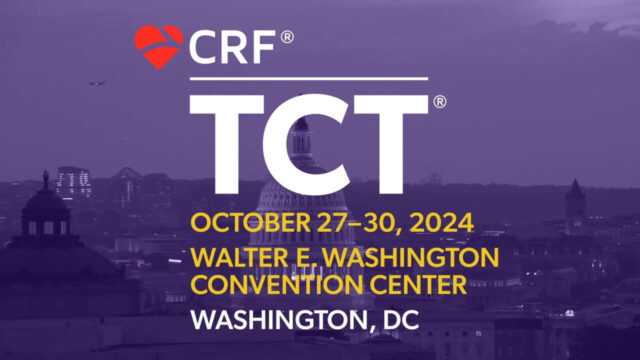Approximately 3% of the population over 65 years old has aortic stenosis. Current guidelines recommend valve replacement for patients with symptoms or an ejection fraction <50%.

However, there is a significant group of patients with asymptomatic severe aortic stenosis. As such, they are advised to undergo clinical and echocardiographic follow-up. While there are some available studies regarding this scenario, current data is inconclusive.
The EARLY TAVR study—a prospective, multicenter, randomized trial—included 911 patients; of these, 455 underwent transcatheter aortic valve replacement (TAVR), and the rest were assigned to clinical follow-up (CF). The transcatheter aortic valve used was the SAPIEN 3 or SAPIEN 3 Ultra (Edwards Lifesciences).
The primary endpoint (PE) was a composite of all-cause mortality, stroke, and unplanned cardiovascular hospitalization.
Both groups had similar characteristics: the average age was 76 years, 30% of subjects were women, and the STS mortality score was 1.8%; 81% of patients had hypertension, 26% had diabetes, 5% had a history of heart attack, 4.2% had experienced a stroke, 14% had atrial fibrillation, 3% had chronic obstructive pulmonary disease (COPD), and 6% had an estimated glomerular filtration rate (eGFR) <45 mL/min.
Read also: TCT 2024 | FAVOR III EUROPA.
The mean ejection fraction was 67%, the aortic valve area was 0.9 cm², the mean gradient was 45 mmHg, the flow velocity was 4.6 m/s, and 8.5% of cases involved bicuspid valves.
With a follow-up of 3.8 (2.5-5) years, the PE favored the TAVR group (26.8% vs. 45.3%; hazard ratio: 0.50; 95% confidence interval [CI], 0.40 to 0.63; p <0.001). There were no differences in the incidence of all-cause mortality (8.4% vs. 9.2%) or stroke (4.2% vs. 6.3%), but there were fewer unplanned cardiovascular rehospitalizations in the TAVR group (20.9% vs. 41.7%).
Crossover to surgery in the clinical follow-up group was 86% at 3 years and 96% at 5 years.
Conclusion
Among patients with asymptomatic severe aortic stenosis, TAVR proved to be a superior strategy to clinical follow-up in reducing the incidence of death, stroke, or unplanned cardiovascular rehospitalization.
Original Title: Transcatheter Aortic-Valve Replacement for Asymptomatic Severe Aortic Stenosis. EARLY TAVR Trial.
Reference: P. Généreux, et al NEJM, October 28 DOI: 10.1056/NEJMoa2405880.
Subscribe to our weekly newsletter
Get the latest scientific articles on interventional cardiology





